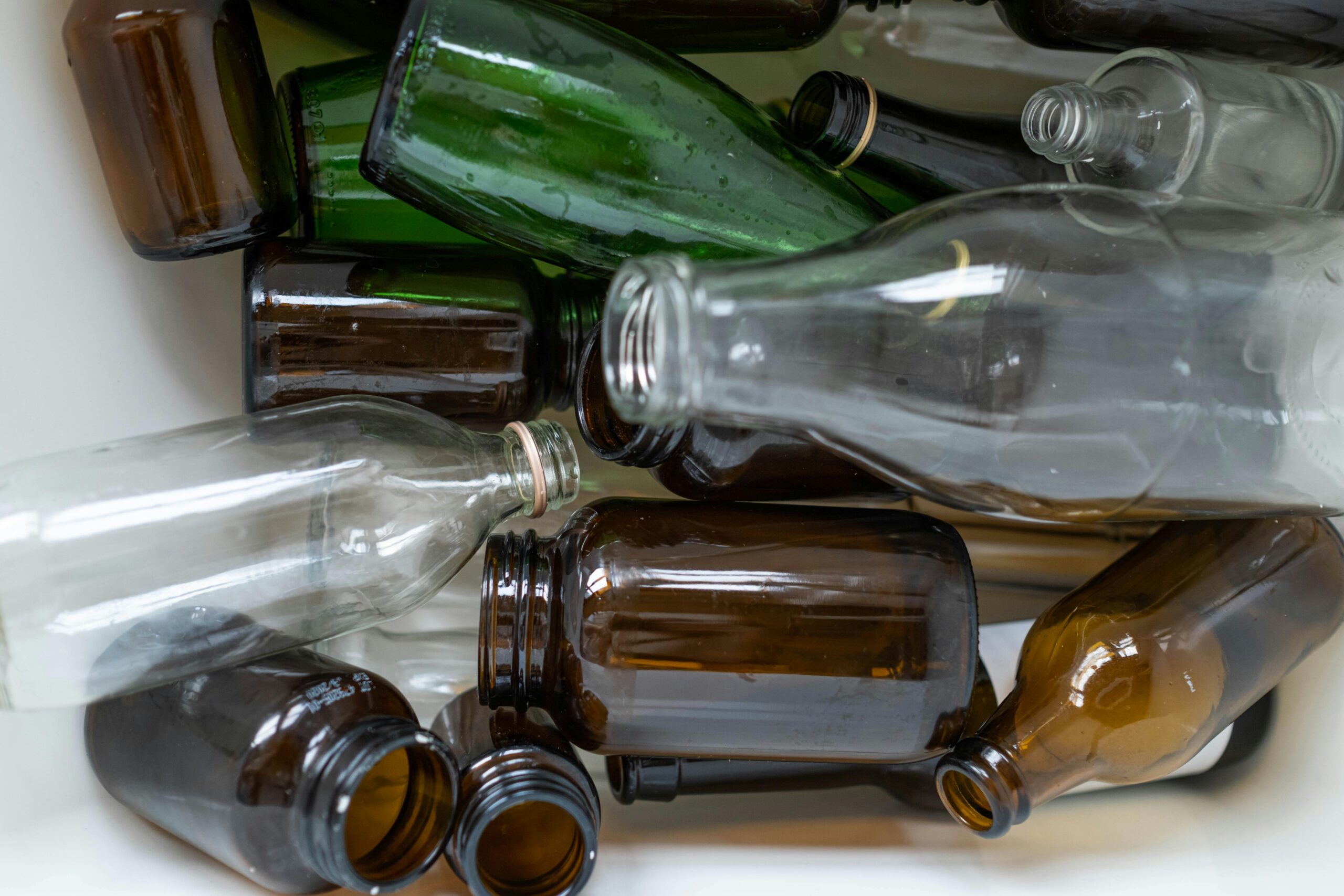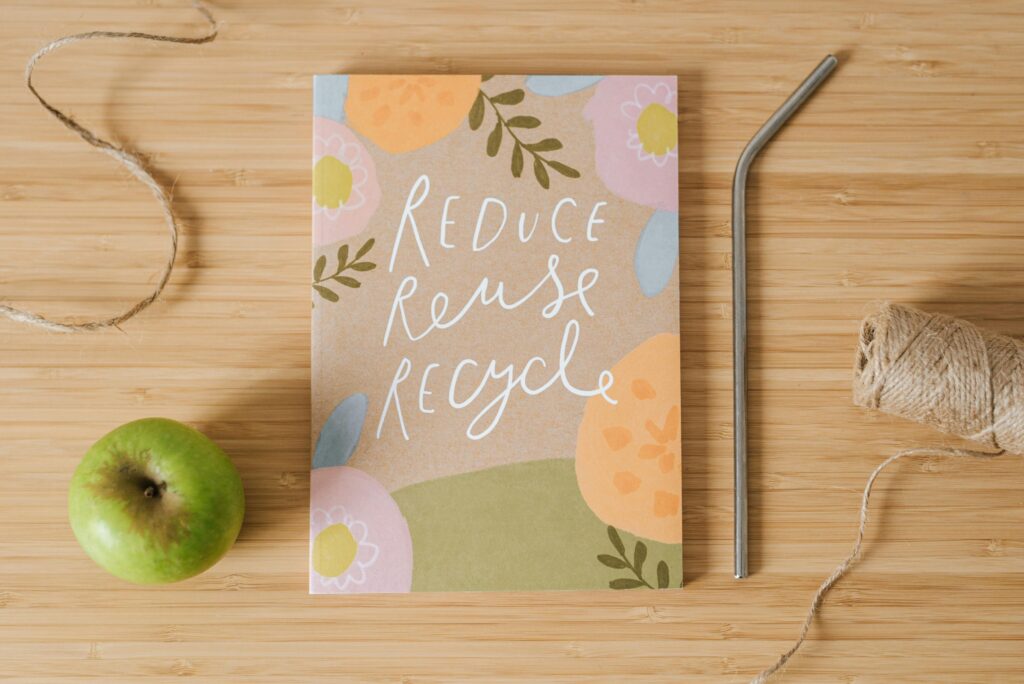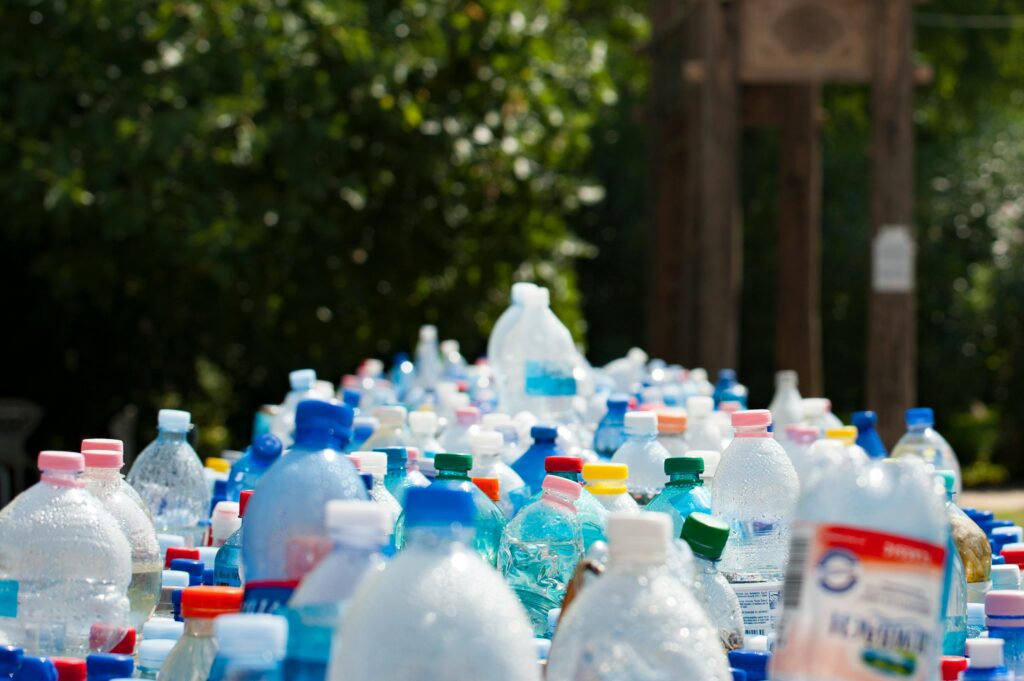Ever wondered how your period could be less wasteful? Did you know that the average person who menstruates will use over 11,000 disposable pads or tampons in their lifetime? That’s a small landfill of plastic and chemicals heading straight to our oceans or landfills. Now imagine switching to something better—for both you and the planet.
In this post, we’ll dive deep into why environmentally safe organic pads are essential, how to transition seamlessly, and what makes them superior. We’ll also crush some myths, share actionable advice, and sprinkle in relatable fails (like my first attempt at using reusable pads). Let’s get into it!
Jump Links: Navigating This Post
Here’s What You’ll Learn:
- The environmental impact of conventional menstrual products.
- Benefits of switching to organic and biodegradable pads.
- Steps to find eco-friendly options tailored for sensitive skin.
- Tips to avoid greenwashing when buying “natural” products.
Why Organic Pads? A Tale of Waste and Health Concerns
Remember back in middle school gym class when one of those bulky plastic pads felt like duct tape strapped between your legs? Yeah, me too. But beyond comfort issues, these conventional pads come with hidden dangers. Many contain synthetic materials, fragrances, and even traces of dioxins—chemicals linked to hormone disruption. Not exactly ideal for intimate areas.
And then there’s the waste. Plastic pads can take up to *500 years* to decompose. Picture this: every pad you’ve ever used is still sitting somewhere on Earth today. Bleak, right?
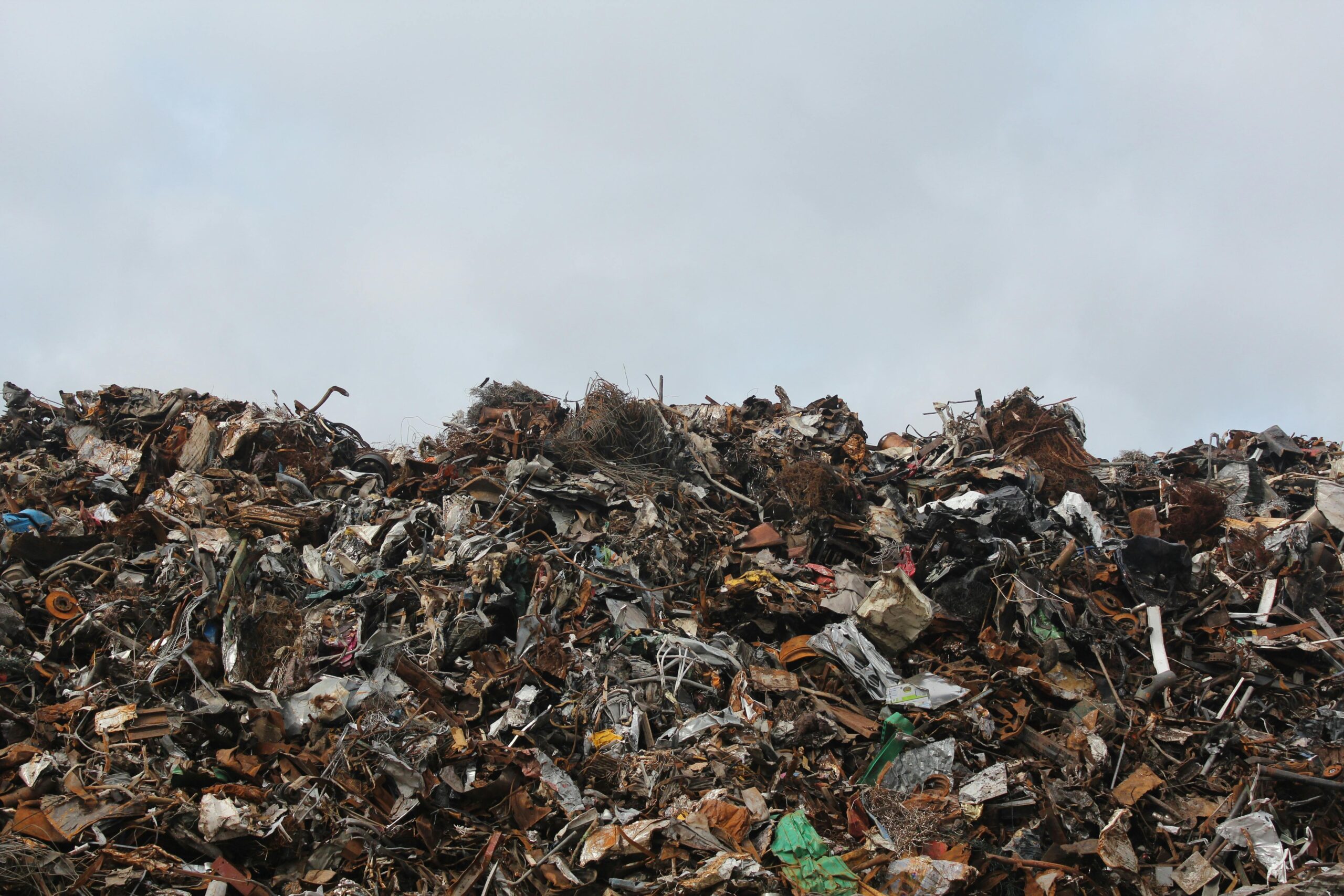
Optimist Me: “Switching to organic pads can solve all these problems!”
Grumpy Me: “But does it mean more laundry and weird textures?” Don’t worry—we’ll unpack both sides below.
How to Transition to Environmentally Safe Menstrual Products
Step 1: Understand Your Needs
Not all organic pads are created equal. Ask yourself:
- Do I have sensitive skin prone to irritation?
- Am I comfortable washing reusable items?
Step 2: Research Brands You Trust
Look for certifications such as USDA Organic, GOTS (Global Organic Textile Standard), or OEKO-TEX. Avoid vague buzzwords like “chemical-free” without evidence—they’re often just marketing fluff.
Step 3: Start Small
No need to throw away everything overnight. Try one box of organic pads during your next cycle. If they work for you, gradually phase out the old stuff.
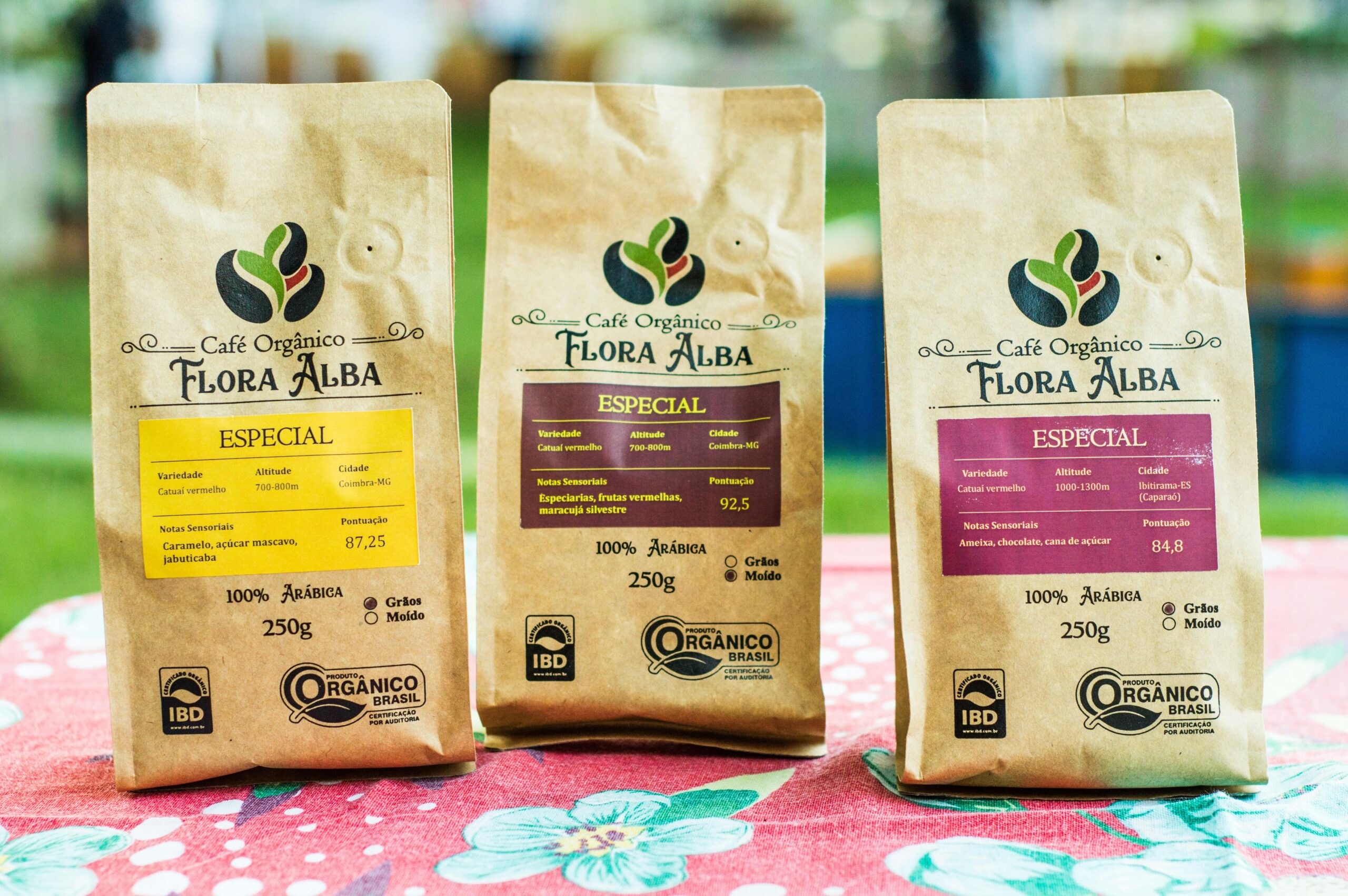
(Bonus Misstep) Terrible Tip Alert:
I once bought a random pack of cheap “eco pads” online because the packaging looked cute. Turns out, they were made from recycled paper and leaked everywhere. Learn from my mistake: prioritize quality over aesthetics.
Top Tips for Going Green While Staying Comfortable
Switching to sustainable products feels great, but let’s make sure you stay comfy along the way:
- Mix & Match: Pair organic disposable pads with reusable cloth ones for variety.
- Prep Ahead: Stock up before your period starts so you don’t run out unexpectedly.
- Dispose Correctly: Biodegradable pads should go in compost bins, not regular trash.
Rant Moment: Why do most stores bury organic pads behind rows of neon-colored boxes labeled “Summer Fresh Blast”? It’s infuriating. Demand better placement, people!
Success Stories: Real Life, Real Impact
Meet Sarah from Vancouver, who swapped to organic pads three years ago. “I thought it would feel gross,” she admits. “But honestly, I forgot about it after month two. Plus, knowing I’m reducing plastic waste gives me peace of mind.”
In India, initiatives like Saathi Pads produce affordable, fully biodegradable sanitary napkins for rural communities. Their efforts prove that sustainability isn’t just accessible—it can empower entire regions.

Frequently Asked Questions About Environmentally Safe Pads
- Are organic pads absorbent enough? Yes! Modern designs rival traditional brands while being gentler on skin.
- Do they cost more? Typically yes—but think long-term savings by avoiding health issues caused by harmful chemicals.
- Can I flush them? Nope! Always dispose properly; they’re designed to break down outside water systems.
Conclusion
Transitioning to environmentally safe organic pads might seem daunting at first, but trust me—it’s worth it. From protecting your body to preserving the planet, these small changes add up big. So grab that coffee, bookmark a few ethical brands, and start your journey toward greener periods today.
Oh, and remember: Like Pokémon cards, your choice matters—a lot. 🌱
Haiku time:
Soft on skin, kind to earth, Pads wrapped in love, no harm, Green flow, happy world.
